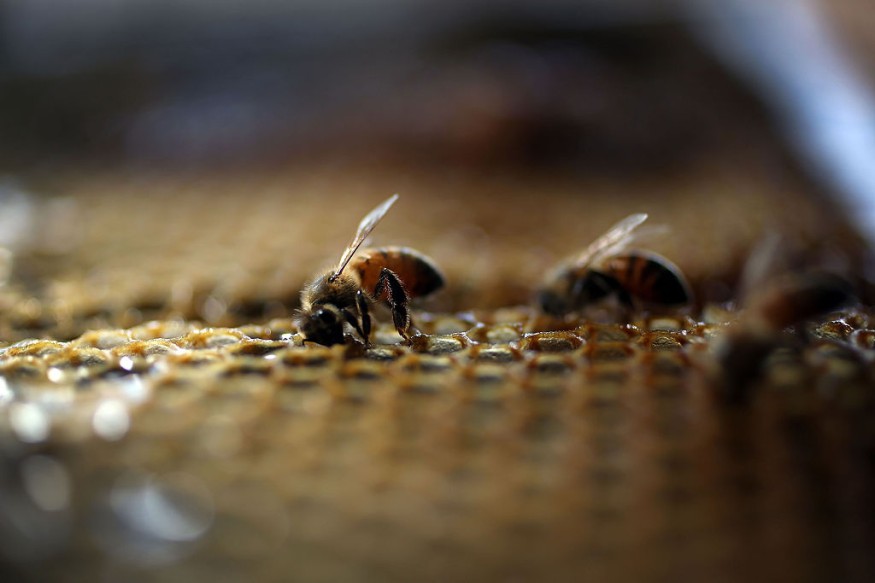
Forensic science students at George Mason University (GMU) in Virginia found a partner in honey bees against crime involving missing bodies of people.
In the United States, more than 600,000 people go missing every year, according to the National Missing and Unidentified Persons System (NamUs). While many children and adults in general have been recovered and found alive, tens of thousands of individuals remain missing for more than a year and eventually turn to "cold cases". The system estimated 4,400 unidentified bodies recovered each year, with approximately 1,000 remain unidentified after one year.
Students at Honey Bee Initiative and the Forensic Science Research and Training Laboratory, GMU, teams up with honey bees, the "latest crime fighters", to find these missing persons, Newsweek reported. Here's how:
Forensics Honey Bee Experiment
Honey bees contain proteins with biochemical information that's already been widely used by scientists in detecting illegal pesticides in vegetables and fruits, or microplastic pollutants in the air, says Anthony Falsetti, an associate professor in GMU's forensic science program, in US News.
"Whatever's in the environment, gets into the plant. ... Bees take in a sample of the environment wherever they go," Falsetti said.
Alessandra Luchini, a biologist at GMU, brought to Falsetti this process of extracting said proteins from honey, but instead of determining if the bees had ingested pesticides, the GMU forensic science students will be searching for human proteins that could exist in the small samples of honey.
"We thought, well, if bees are feeding on flowering plants that are near decomposing bodies, would the chemical compounds of human decomposition be part of the proteins that the bees ingest? And if they ingest it, will they deposit it in their honey?" Falsetti explains.
The new experiment will take place at the university's outdoor forensics laboratory, scheduled to open this spring at George Mason's Science and Technology Campus in Manassas, where bodies are buried in 5-acre facility of "pre-dug graves" at varying depths.
A "Very Unbiased Method"
According to Luchini, proteins can precisely tell a lot about what organisms have touched and interacted with. The same technology used for years in cancer and infectious disease research will be used in the GMU honeybee experiment.
"It spits out hundreds of thousands of different proteins without having any presumption," Luchini said. "It's just a very unbiased method."
Falsetti added that the experiment could one day aid in criminal investigations in a larger area involving missing persons, or determine an approximate location where the body might be found. Luchini believes it can even help solve the biggest crime of the century, in just a small spoon of honey.
Former FBI agent and now director of GMU's Forensic Science Program, Professor Mary Ellen O'Toole, told Newsweek that outdoor crime scenes were always challenging to investigate, and honey bees could make it easier for forensics to examine human remains.
"A lot of times the victims are left outside," O'Toole said. "They're left in the environment. And the environment can do some crazy things to human remains. It could be the result of the weather, it could be the result of predators, bugs...all of those things can impact decomposition."
Related article : Deadly Fungus That Pierces Ants' Gut Cells are Wiping Out Invasive Ant Colonies in the U.S.
© 2025 NatureWorldNews.com All rights reserved. Do not reproduce without permission.





